This is NOT the same as the "most distant star" (named "Earendel") I posted about just a couple of days ago ... now, the most distant (and thus, oldest) galaxy ... or what they think is a galaxy ... In any case "the farthest object (and thus, oldest) in the known universe" ...
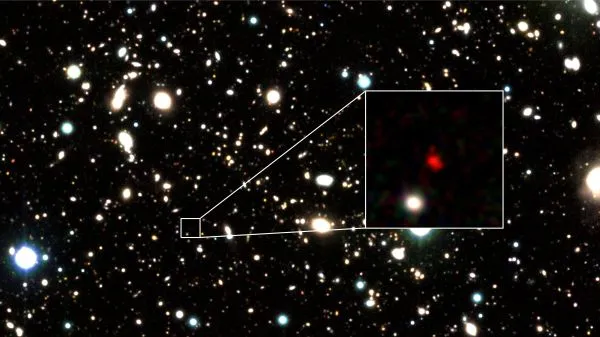
The galaxy candidate HD1 is the farthest object in the universe
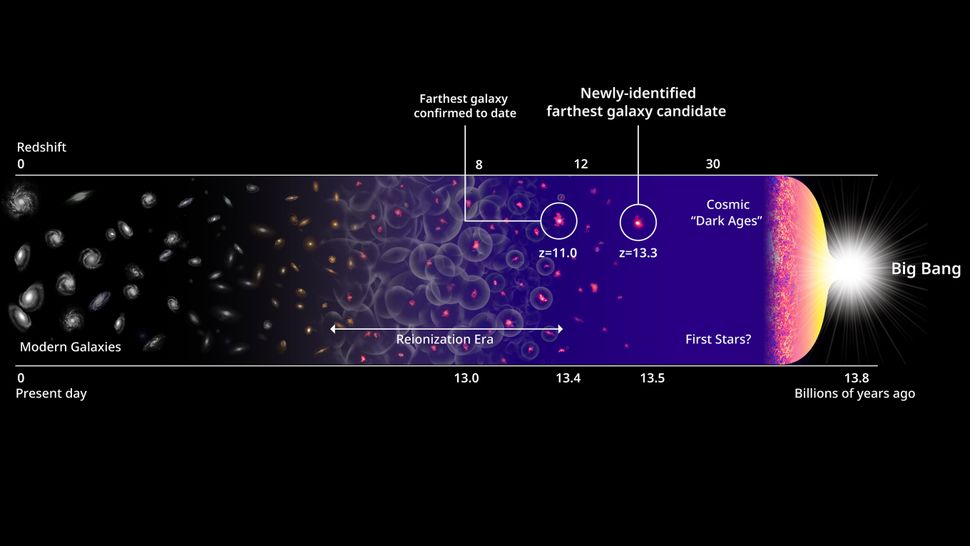
Gassho, J
STLh
Hot on the heels of the discovery of “Earendel”—the most distant single star at 12.9 billion light-years distant—comes the announcement today that astronomers have now found the most distant galaxy.
Called HD1 and discovered by Japanese astronomers using a bevy of telescopes across the globe, this ultra-remote exists at a staggering 13.5 billion light-years away.
That’s a mere 300 million years after the “Big Bang” that is thought to have created the Universe.
...
That age places this collection of stars, now dubbed HD1, between a time of total darkness — about 14 billion years ago the universe was a blank slate devoid of any stars or galaxies — and one of just-burgeoning lights as clumps of dust and gas were growing into their cosmic destinies.
"The first galaxies formed about a hundred million years after the Big Bang. They were a millionth of the mass of the Milky Way and much denser," study researcher and Harvard astrophysicist Avi Loeb told Live Science in an email. "One way to think of them is as the building blocks in the construction project of present-day galaxies, like our own Milky Way." ...
... The researchers discovered HD1 in data collected over 1,200 hours of observation time using the Subaru Telescope, the VISTA Telescope, the U.K. Infrared Telescope and the Spitzer Space Telescope. They were particularly looking at redshift, a phenomenon in which light waves stretch out or become redder as an object moves away from the observer. In this case, the redshift suggested HD1 was extremely distant. ... HD1 also seems to be growing at a feverish rate — about 100 stars each year, or at least 10 times the rate predicted for starburst galaxies that are known to produce stars at an extraordinarily high pace.
These stars were also more massive, brighter (in ultraviolet wavelengths) and hotter than younger stars, the researchers found.
As such, HD1 could be home to the universe's very first stars, called Population III stars; if that identity is verified, this would be the first observation of this type of star, the researchers said. There's also the possibility that HD1 is a supermassive black hole with a mass of about 100 million times that of the sun.
To figure out HD1's true identity, the researchers can look for X-rays, which are emitted as material gets devoured by the gravity of a black hole. "If HD1 is a black hole, we should see X-ray emission from it. If we do not find X-rays, the emission must originate from massive stars," Loeb told Live Science.
Astronomers hope to find more of these early-universe structures with the James Webb Space Telescope, which was launched Dec. 25, 2021 and will search for the oldest objects in the universe.
and
Called HD1 and discovered by Japanese astronomers using a bevy of telescopes across the globe, this ultra-remote exists at a staggering 13.5 billion light-years away.
That’s a mere 300 million years after the “Big Bang” that is thought to have created the Universe.
...
That age places this collection of stars, now dubbed HD1, between a time of total darkness — about 14 billion years ago the universe was a blank slate devoid of any stars or galaxies — and one of just-burgeoning lights as clumps of dust and gas were growing into their cosmic destinies.
"The first galaxies formed about a hundred million years after the Big Bang. They were a millionth of the mass of the Milky Way and much denser," study researcher and Harvard astrophysicist Avi Loeb told Live Science in an email. "One way to think of them is as the building blocks in the construction project of present-day galaxies, like our own Milky Way." ...
... The researchers discovered HD1 in data collected over 1,200 hours of observation time using the Subaru Telescope, the VISTA Telescope, the U.K. Infrared Telescope and the Spitzer Space Telescope. They were particularly looking at redshift, a phenomenon in which light waves stretch out or become redder as an object moves away from the observer. In this case, the redshift suggested HD1 was extremely distant. ... HD1 also seems to be growing at a feverish rate — about 100 stars each year, or at least 10 times the rate predicted for starburst galaxies that are known to produce stars at an extraordinarily high pace.
These stars were also more massive, brighter (in ultraviolet wavelengths) and hotter than younger stars, the researchers found.
As such, HD1 could be home to the universe's very first stars, called Population III stars; if that identity is verified, this would be the first observation of this type of star, the researchers said. There's also the possibility that HD1 is a supermassive black hole with a mass of about 100 million times that of the sun.
To figure out HD1's true identity, the researchers can look for X-rays, which are emitted as material gets devoured by the gravity of a black hole. "If HD1 is a black hole, we should see X-ray emission from it. If we do not find X-rays, the emission must originate from massive stars," Loeb told Live Science.
Astronomers hope to find more of these early-universe structures with the James Webb Space Telescope, which was launched Dec. 25, 2021 and will search for the oldest objects in the universe.
and

The galaxy candidate HD1 is the farthest object in the universe

Gassho, J
STLh

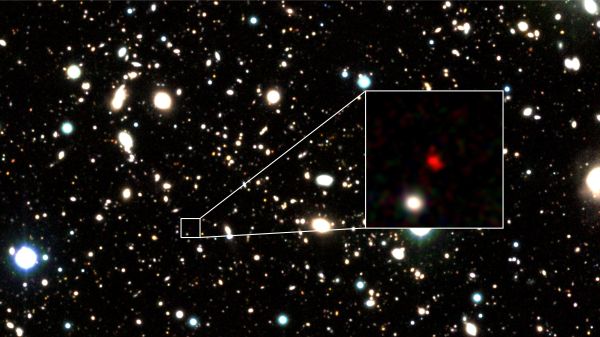



 ...
...
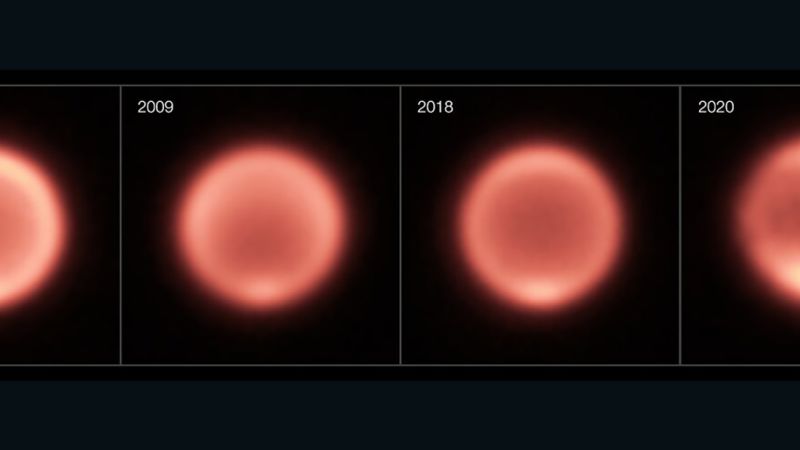
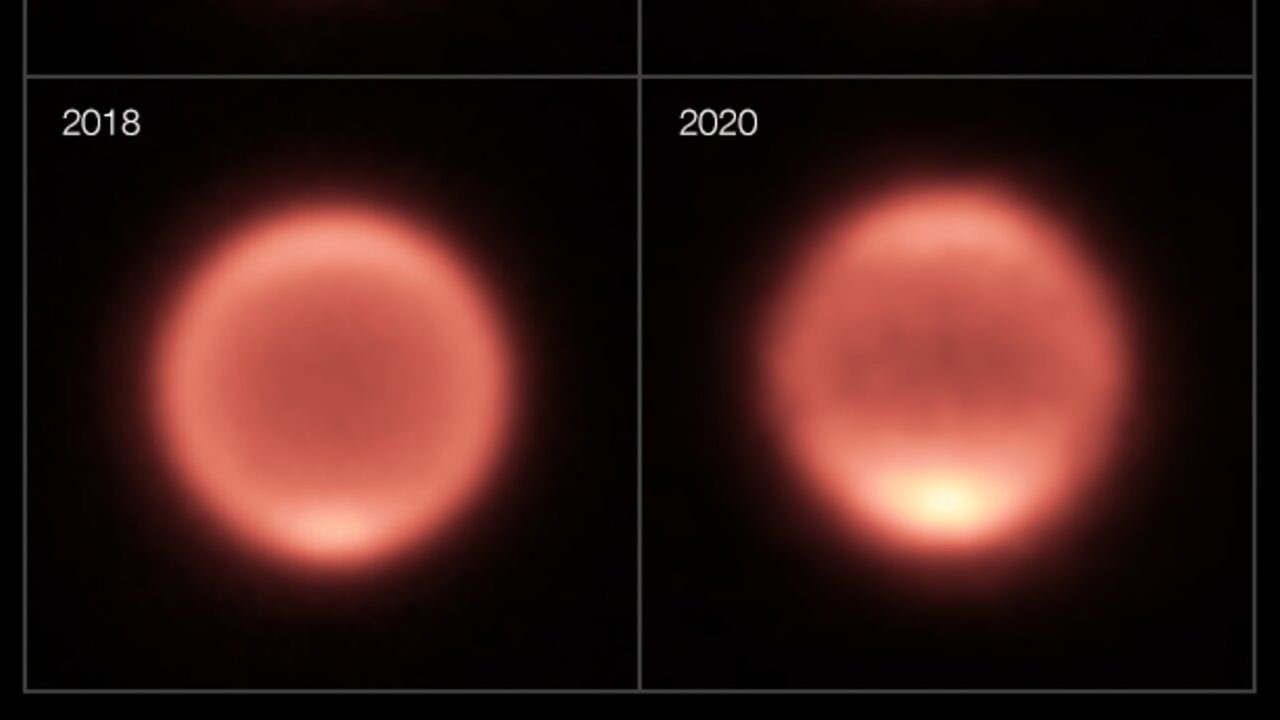
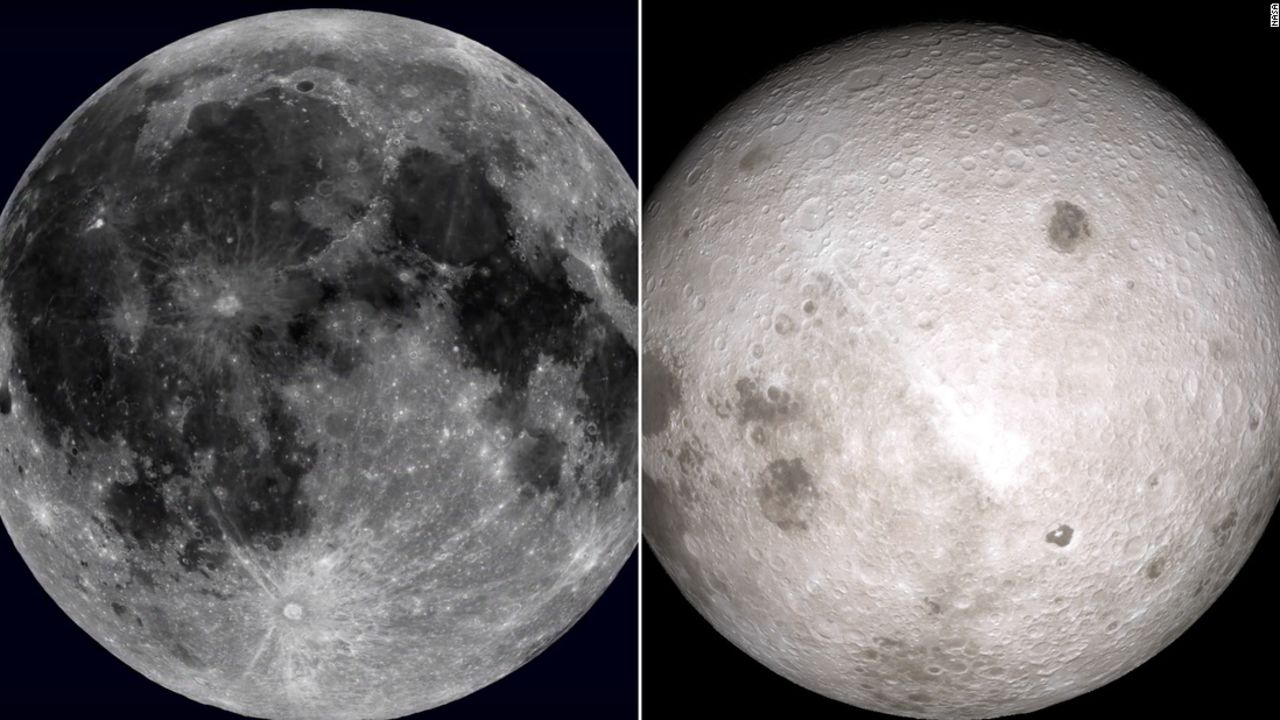


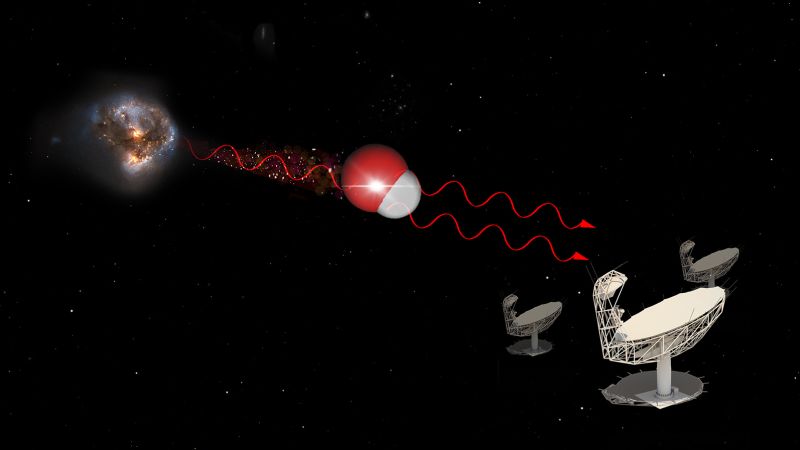

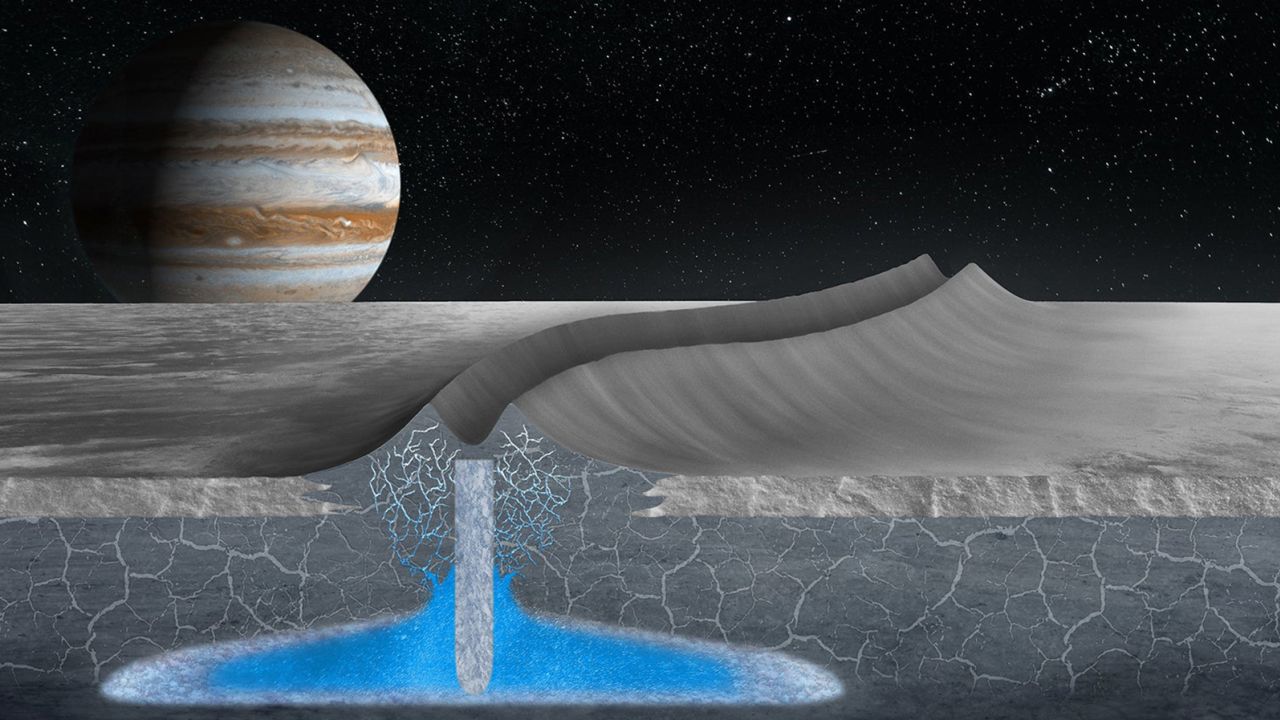

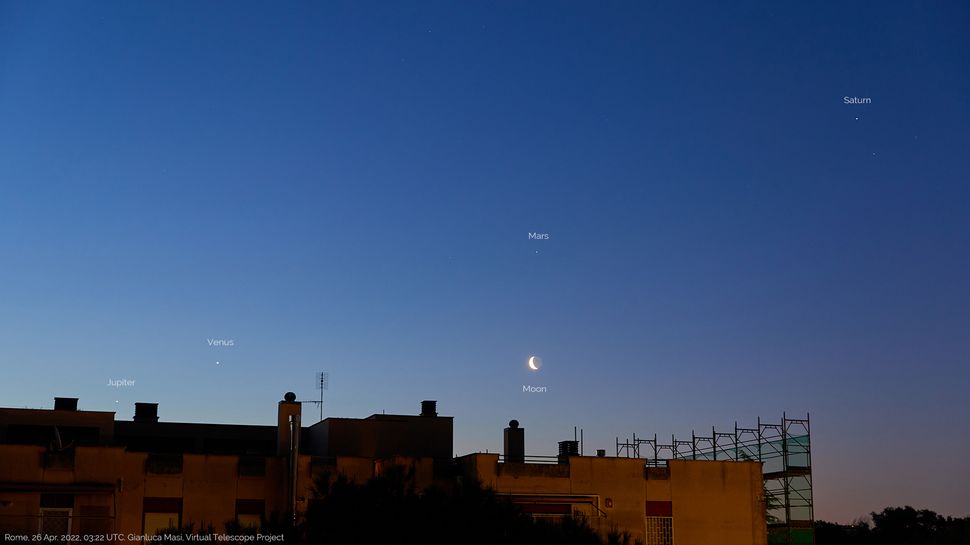

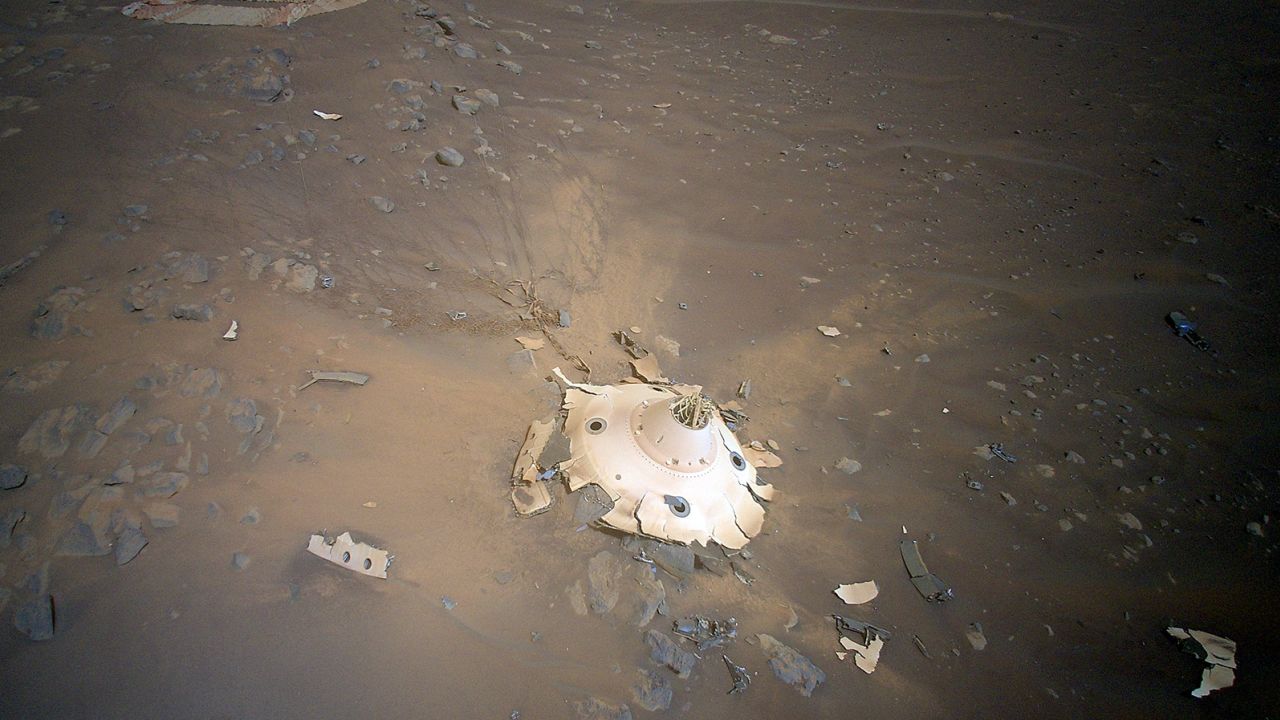
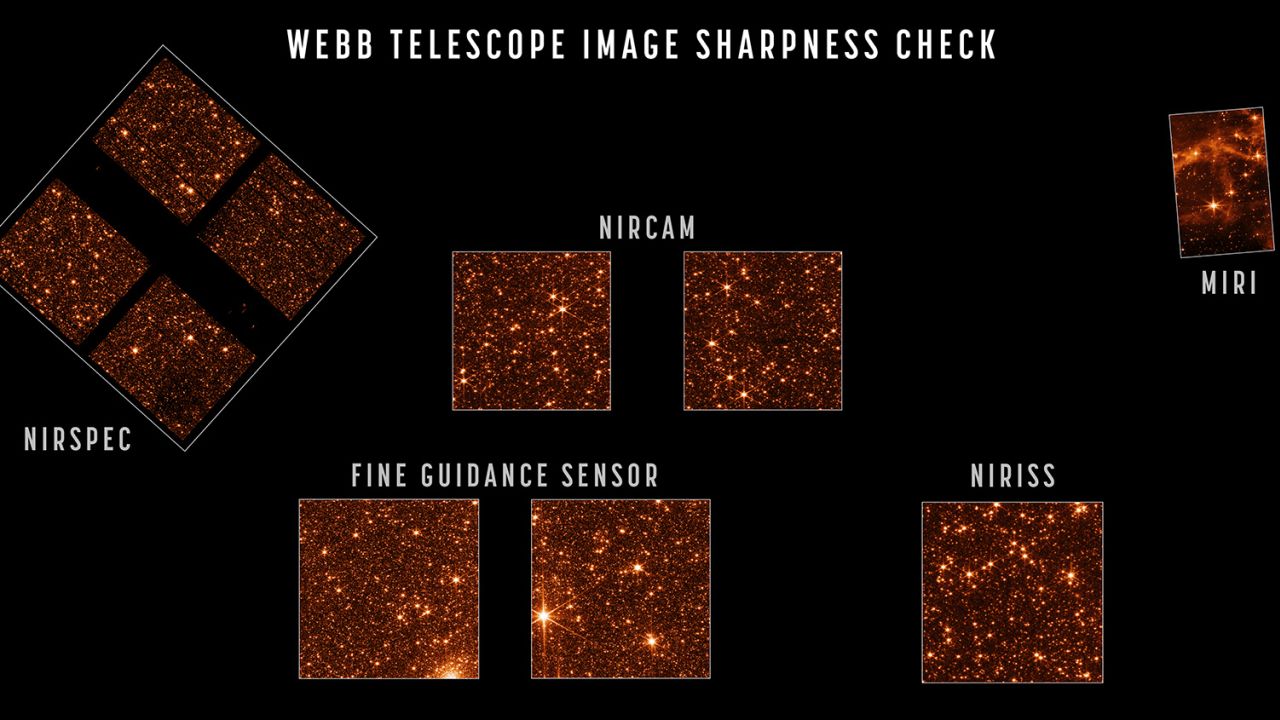





Comment